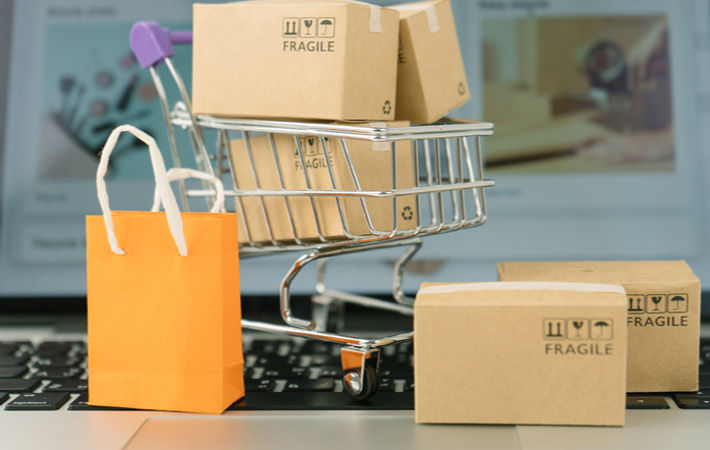
SMB e-commerce companies are quite optimistic that these trends will continue, with 93 per cent expecting sales to rise and 28 per cent expecting at least 40 per cent growth. Ninety two per cent also believe their profits will grow alongside their sales, with 24 per cent predicting a 40 per cent increase in their bottom line.
The survey was conducted by California-based Sendlane, which helps digital retailers automate and personalise customer communications.
Online companies that have already established themselves have found that software-assisted fulfillment and automation tools have helped them cope with supply chain fluctuations and increase customer demand throughout 2021, Sendlane said in a press release.
Profits grew just as rapidly as sales, with 91 per cent of vendors reporting increases of 40 per cent or more. What is notable is how much these profit margins have increased??—90 per cent of SMB e-commerce companies had an increase of 10 per cent or more in overall profit.
A lot of this can be attributed to increased internet usage and pure demand—a side effect of people working from home around the clock and not going to stores, Sendlane said.
Gen Z and Millennial buyers significantly increased their eCommerce spending at the start of the pandemic. These trends appear likely to continue even when brick-and-mortar retailers return to normal operations.
Site traffic spiked for many such companies in 2021, with 90 per cent reporting an increase of 10 per cent or more. This jump could signal a larger change in overall shopping behaviour.
Website traffic appears to have stabilised with the increase in e-commerce purchases. Promotions and seasonal sales are no longer massive events for consumers as more and more people are making daily purchases online instead of in brick-and-mortar stores. Rather than waiting for Black Friday or Boxing Day to buy online, consumers are now shopping on e-commerce sites regularly, the survey found.
However, companies must now face the issue of how well their infrastructure will hold up if the traffic increase is permanent, as 8 per cent say e-commerce site stability is their top concern.
Eighty four per cent of e-commerce companies say they expect their teams to continue growing in size, with 37 per cent expecting 10-20 per cent growth.
Such companies are spending big to overhaul and improve their tech stacks to meet consumers’ increased online demand. The overwhelming majority of companies spent more on their tech tools in 2021, with 46 per cent spending at least 40 per cent more than they did in 2020.
Fibre2Fashion News Desk (DS)